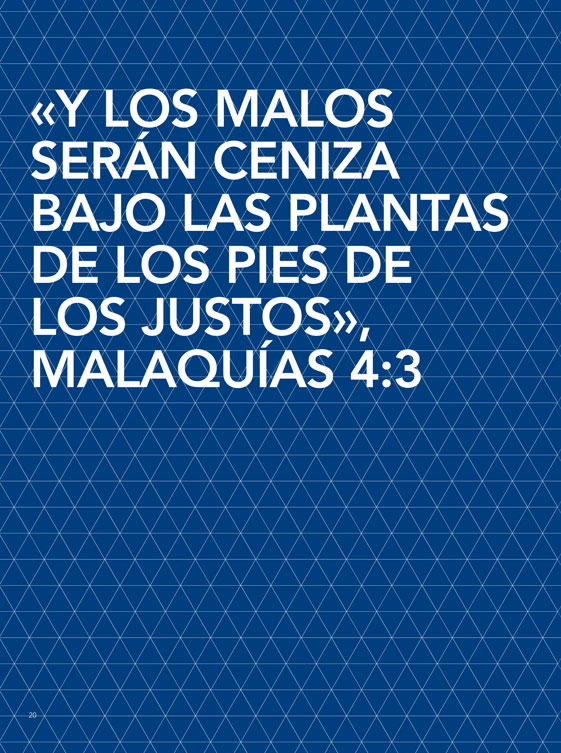«Y los malos serán ceniza bajo las plantas de los pies de los justos», Malaquías 4:3
Article Sidebar

Keywords:
Main Article Content
Abstract
Planta proviene en sus orígenes de la palabra ichnos –la impresión de la planta del pie en un terreno. La planta baja de un edificio, que históricamente ha sido entendida como la huella de ese edificio en un sitio, adquiere un nuevo sentido literal con la emergencia de la ciudad moderna. La arquitectura gradualmente empieza a hacerse cargo de problemas que exceden su escala. Lo urbano y lo cívico –la polis–, se transforman en campos extendidos de la disciplina. De simple representación a instrumentalización, el acto de dibujar una planta probará contener poder retórico y, por lo tanto, político. Mediante el análisis de las plantas y diagramas de Alexander Klein para la “Casa funcional de la vida sin roces” (1928), este artículo narra las connotaciones ideológicas y morales detrás de la planta moderna. Klein distingue entre “una buena planta” y “una mala planta”, articulando una agenda moral y el deseo utópico de reforma social y urbana. Las axonometrías de ciudades de Cornelis Van Eesteren actuarán como una extensión del argumento de Klein a la escala del territorio. Esta utopía permeará los modos de producción y pensamiento arquitectónico de la primera mitad del siglo veinte y será la fuente central del fracaso y la contradicción que la planta (y también la planificación) experimentará en las décadas posteriores a la Segunda Guerra Mundial.
Article Details
Materia Arquitectura provides immediate and free access to all the content of this online edition, published simultaneously with the print edition.
Materia Arquitectura does not charge authors for any concept.
All contents of this electronic edition are distributed under the Creative Commons license of "Attribución-shareAlike 4.0 Internacional" (CC-BY-SA).
The rights of the published texts and images belong to their authors, who grant Materia Arquitectura the license for their use. The management of the permits and the authorization of the publication of the images (or of any material) that contains copyright and its consequent rights of reproduction in this publication is the sole responsibility of the authors of the articles.
As long as they mention their origin, the authors are free to distribute their articles by other means. Any total or partial reproduction of the material must mention its origin.
Downloads
References
EVANS, R. 1997. Translations from Drawings to Buildings and Other Essays. Londres: Architectural Association (AA Documents).
FOUCAULT, M. (2007). Security, Territory, Population. Lectures at the College of France, 1977-1978. Hampshire, RU: Palgrave Macmillan.
SULLIVAN, L. (1896). The Tall Office Building Artistically Considered. Lippincott's Magazine (57, marzo), 403–409.
VAN ROSSEM, V. (1997). Cornelius Van Eesteren: The Idea of The Functional City: Lectures with Slides by Cornelius van Eesteren, Berlin 1928. La Haya: NAi010 Publishers.
Most read articles by the same author(s)
- Alejandra Celedón, Greg Lynn: Más allá del “Blob” , Materia Arquitectura: No. 09 (2014): Materia Arquitectura 09 (Agosto/August 2014)
- Alejandra Celedón, Formas en disputa , Materia Arquitectura: No. 09 (2014): Materia Arquitectura 09 (Agosto/August 2014)
- Alejandra Celedón, “And the wicked will be ashes under the soles of the feet of the good,” Malachi 4:3 , Materia Arquitectura: No. 08 (2013): Materia Arquitectura 08 (Diciembre/December 2013)
- Alejandra Celedón, Greg Lynn: Beyond the Blob , Materia Arquitectura: No. 09 (2014): Materia Arquitectura 09 (Agosto/August 2014)
- Alejandra Celedón, Contested forms , Materia Arquitectura: No. 09 (2014): Materia Arquitectura 09 (Agosto/August 2014)